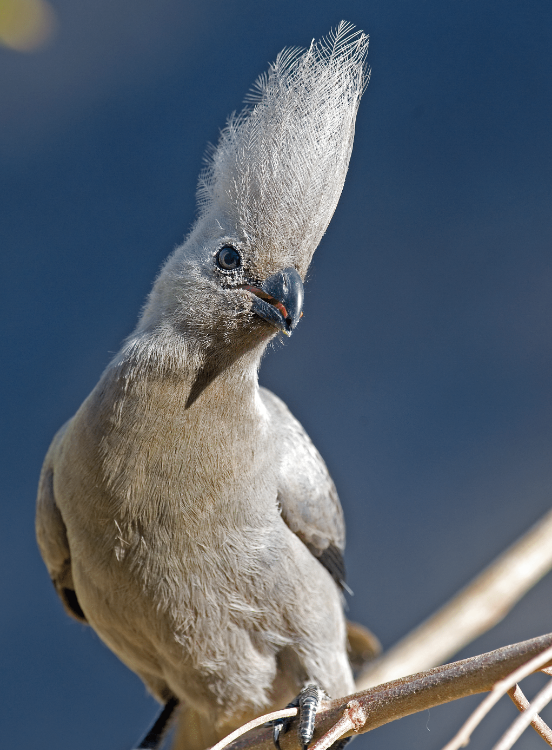Tivoli Southern Sky Guest Farm – a stargazers’ paradise
August 12, 2012Camel patrol through the dunes
August 12, 2012Text Annabelle Venter
These brightly coloured insect-eating birds in their predominantly green outfits can easily be rated among the most beautiful bird families in the world.
There are 24 bee-eater species worldwide, 19 of which occur in the Africa and seven in Namibia.
Probably the most impressive of all the bee-eaters is the Southern Carmine Bee-eater (Merops nubiciodes) with its mostly rose-red plumage. They occur in the north-eastern regions of Namibia where they breed in large colonies on the banks of the Okavango, Kwando and Zambezi rivers.
Two of their known breeding colonies are in the Mahango and Susuwe game parks. Photographer Pompie Burger, author of Birds of Namibia – Photographic Journey, literally spent hours at one of these breeding colonies watching them feed their young with inexhaustible energy and enthusiasm. A colony may number as many as 2 000 individuals and breeding usually starts in early October.
It’s mid-afternoon on one of those intense, humid October days and we’re resting under shady sausage trees at Kalizo Lodge on the banks of the Zambezi River. The heat is just starting to abate, and our anticipation starts to build. We’re about to set out to visit one of the largest flocks of carmine bee-eaters that visit Namibia annually to breed, and we’ve travelled a long way to see this amazing sight.
We clamber on board the flat-bottomed boat with all our camera gear and settle down for the ride. Our route today will take us about a kilometre downriver to our destination, but we’ve barely pulled away from the riverbank when something catches our attention in the river. Hearing the desperate call of a tiny creature in the water, we see a small reddish bird swimming frantically towards the boat. As we approach, the little head and open squeaking beak, pink body and wings become visible just under the water surface. This is a member of the enormous flock of bee-eaters we’ve come to visit, and it’s exhausted and close to drowning!
The boatman pulls the boat closer and our friend Martin quickly and instinctively offers his open hand to the little creature, which clambers gratefully aboard. This is Martin’s first view of a carmine and he spends the next two hours watching protectively over his tiny charge while it dries out. Its feathers are completely saturated and all it can do is lie there with its eyes closed in the friendly stranger’s hand.
We continue downstream with our new passenger and dock the boat a little distance from the main bee-eater colony. We spend the next two hours happily pointing our lenses around to try and get that perfect shot of the restless flocks of twittering pinkness. Twisting and twirling in the setting sun, it’s easy to see how they can drown as they zoom down to drink on the wing. This little incident is particularly special, as wild birds are instinctively wary of humans. However, our new friend definitely has a will to live!
As the sun sets, we agree that Martin has probably had the best experience of this birding trip and certainly the closest view of one of these lovely little birds! We quietly watch as ‘our’ carmine rejoins the flock, and declare this the most special day of our holiday.
This article appeared in the Oct'11 edition of the FLAMINGO Magazine.





1 Comment
What a beautiful story.